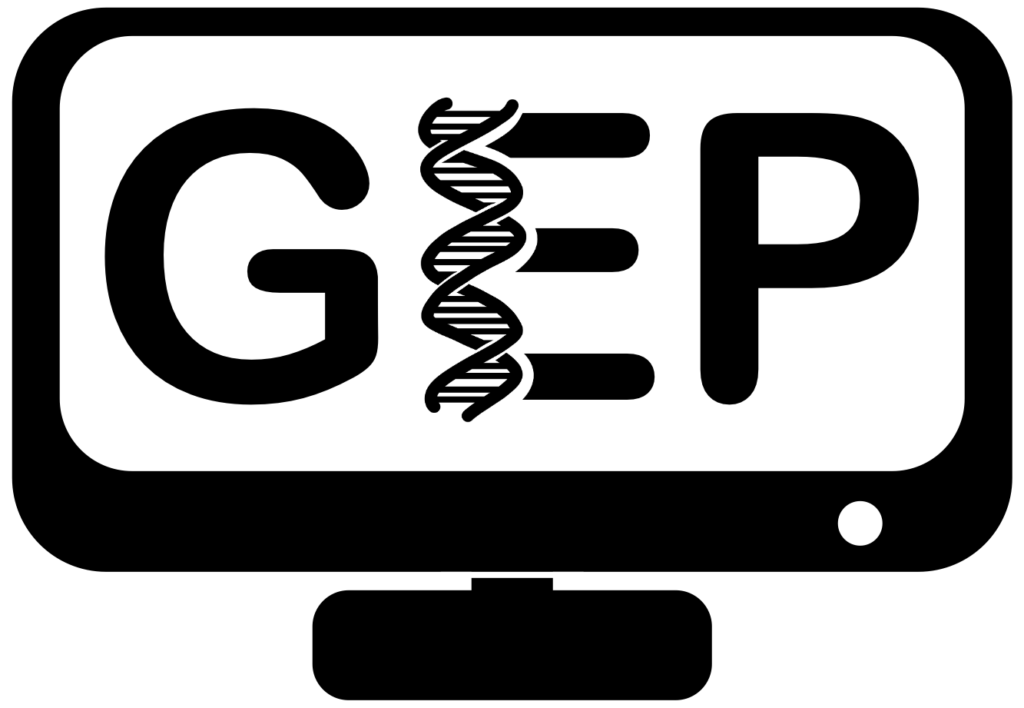TSS Module Primer: Review of Transcription, Promoter Structure, and Chromatin Packaging
This primer includes some biological concepts that may be helpful to review prior to working with the four TSS Modules, including: a brief review of gene transcription, mRNA processing, promoter structure, and chromatin.
